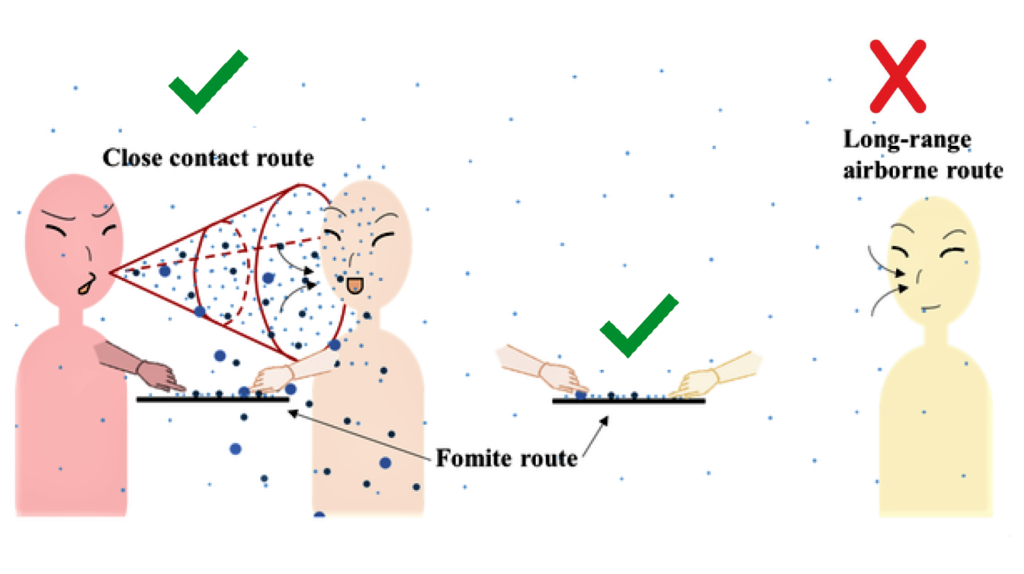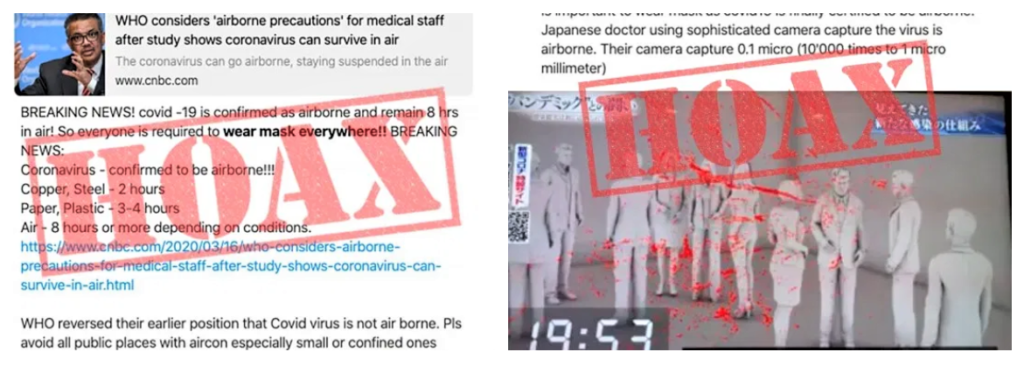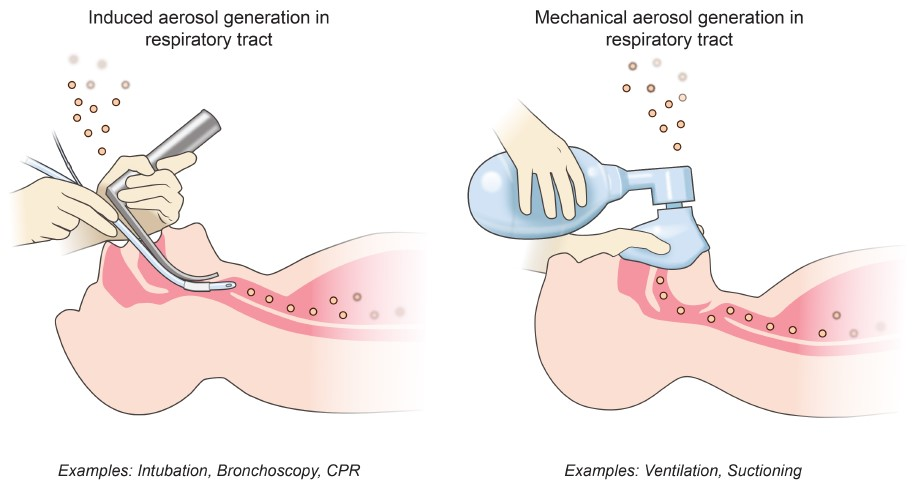
We have to distinguish what is possible in an experimental setting vs. what is happening in real life.

Many people are sharing the ‘news’ that WHO confirmed “COVID-19 is airborne”.
This is NOT TRUE. Here’s why.
Respiratory infections can be transmitted through droplets of different sizes: when the droplet particles are >5-10 μm in diameter they are called “respiratory droplets” and when they are <5μm in diameter, they are called “droplet nuclei”. Current evidence tell us that SARS-CoV-2, the coronavirus causing COVID-19, is primarily transmitted between people through respiratory droplets and contact routes.
Droplet transmission occurs when a person is in close contact (within 1 meter) with someone who has respiratory symptoms (e.g., coughing or sneezing) and is therefore at risk of having his/her mouth or nose or eyes exposed to potentially infective respiratory droplets.
Transmission also occurs through fomites (any object contaminated with or exposed to the infectious agent in the immediate environment around the infected person). So, the transmission of COVID-19 can occur by direct contact with infected people and indirect contact with surfaces in the immediate environment or with objects used on or coughed on by the infected person (cellphone, stethoscope or thermometer, etc.).
Airborne transmission refers to the presence of microbes in droplet nuclei particles <5μm in diameter and can remain in the air for long periods of time and be transmitted to others over distances greater than 1 meter.
For COVID-19, airborne transmission is possible in specific circumstances and settings in which procedures or support treatments that generate aerosols are performed; i.e., endotracheal intubation, bronchoscopy, open suctioning, administration of nebulized treatment, manual ventilation before intubation, turning the patient to the prone position, disconnecting the patient from the ventilator, non-invasive positive-pressure ventilation, tracheostomy, and cardiopulmonary resuscitation.

Some publications show that COVID-19 virus can be detected in the air so news outlets have suggested that there has been “airborne transmission”.
One publication in the New England Journal of Medicine has evaluated virus persistence of the COVID-19 virus. This is an experimental study that generated aerosols using a three-jet collison nebulizer and fed into a Goldberg drum under controlled laboratory conditions. This is a high-powered machine that does not reflect normal human cough or lung conditions.
The finding of COVID-19 virus in aerosol particles up to 3 hours does not reflect a clinical setting in which aerosol-generating procedures are performed – this was an experimentally induced aerosol-generating procedure.

We should distinguish between what is POSSIBLE in an EXPERIMENT and what happens in REAL LIFE conditions. Again, the study was done using a machine that was built to create aerosols and placed in a closed machine used for aerosol survival studies.






